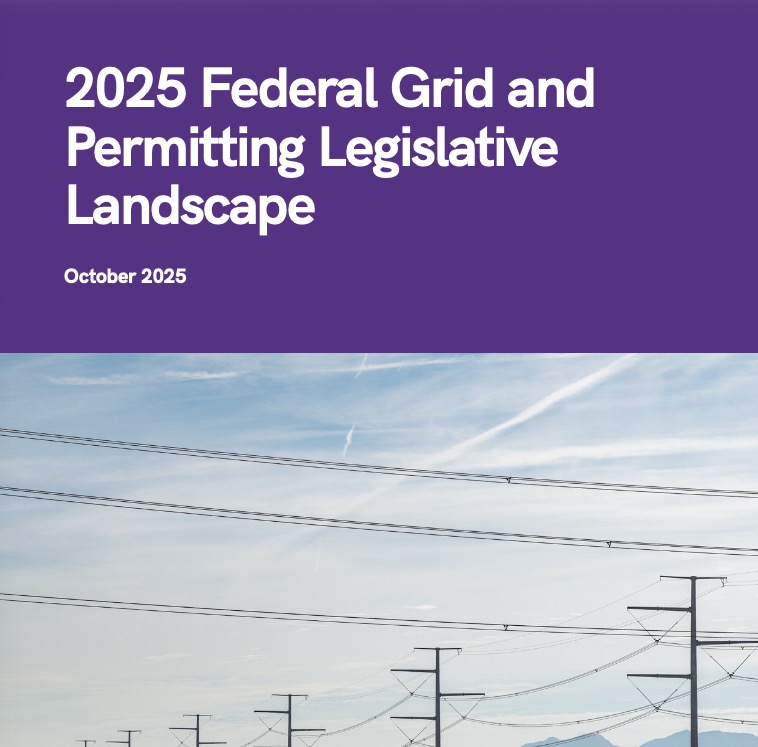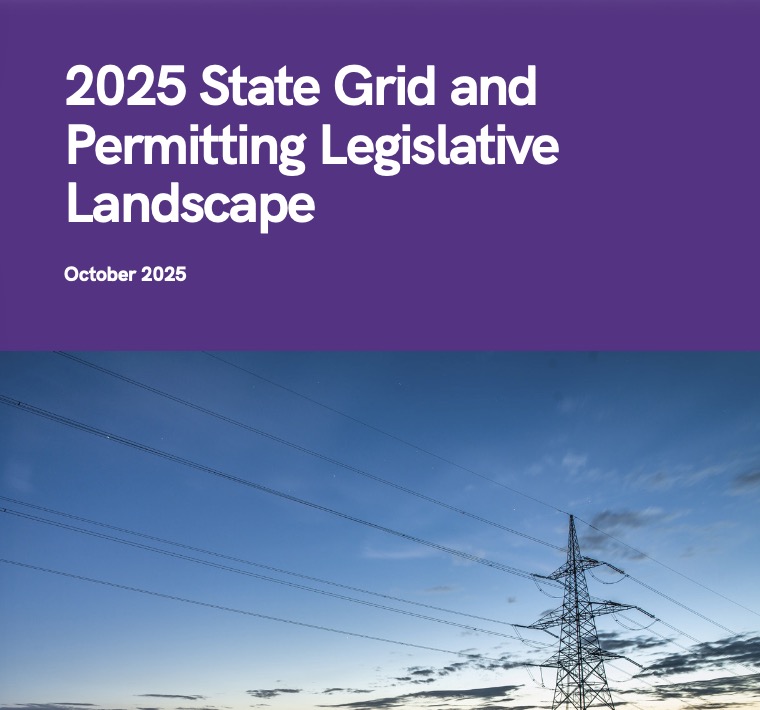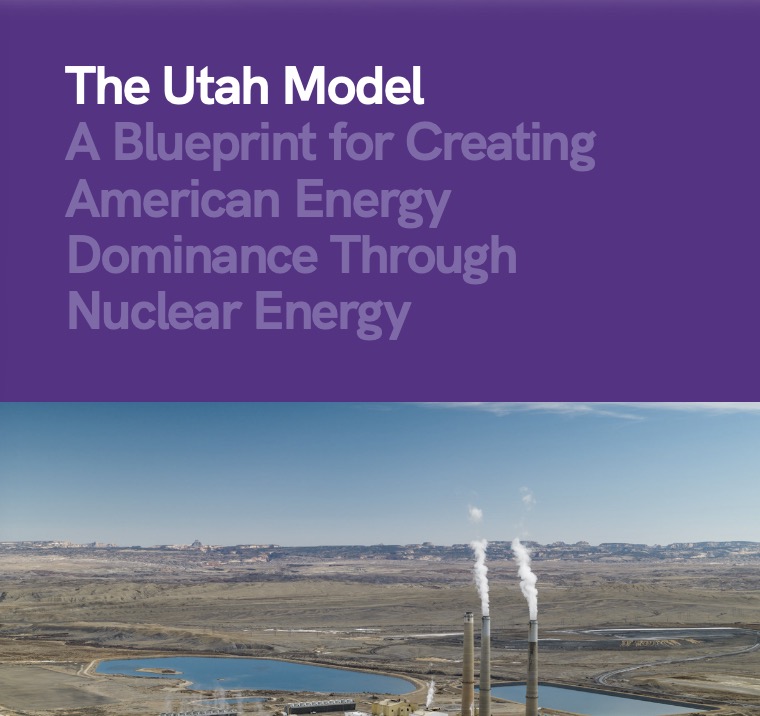Policy Briefs

2025 Federal Grid and Permitting Legislative Landscape
As the United States confronts unprecedented growth in electricity demand driven by artificial intelligence, data centers, and the reshoring of industrial manufacturing, there is a durable, bipartisan consensus emerging in Washington around the urgent need to modernize our nation’s energy infrastructure.
Download
2025 State Grid and Permitting Legislative Landscape
Artificial intelligence (AI) development, data center growth, and new domestic manufacturing heighten the need for legislation to improve permitting, facilitate near term access to power and longer-term electric generation and transmission buildout, and improve grid oversight and electricity affordability.
Download
The Utah Model: A Blueprint for Creating American Energy Dominance Through Nuclear Energy
The United States confronts dual challenges: rising energy demand from artificial intelligence (AI) data centers and the need for reliable, carbon free baseload power to create American energy dominance.
Download
Fast Tracks and Flexible Grids: Unlocking Speed to Market for Energy Customers Overview for State-Federal Policy Makers
Artificial Intelligence (AI) data centers and large industrial manufacturing plants are seeking quick ways to supply reliable power. Right now, existing generations sources that are critical to bulk power system reliability are bypassing utility interconnections process, working directly with large load customers to provide power solutions known as “behind-the-meter. These alternative solutions allow customers to directly control their power consumption, increasing flexibility and decreasing variable costs.” This is crucial for driving economic development and ensuring that transmission capacity is not pushed past the maximum threshold.
Download
Transmission Governance and Policy Opportunities Background for State-Federal Policy Makers
Our domestic power grid combines a vast web of transmission lines, energy generation sources, and locally operated infrastructure to distribute power to customers reliably and efficiently. The energy grid has a wide variety of actors that all require consistent and reliable communication streams and market mechanisms to ensure the successful delivery of power. Transmission governance is about meeting rising energy demand by expanding capacity increasing efficiency and reliability. Energy policy is in the spotlight as rapid development of data centers, domestic manufacturing trends, and consumer electricity usage push our grid infrastructure to its limits.
Download